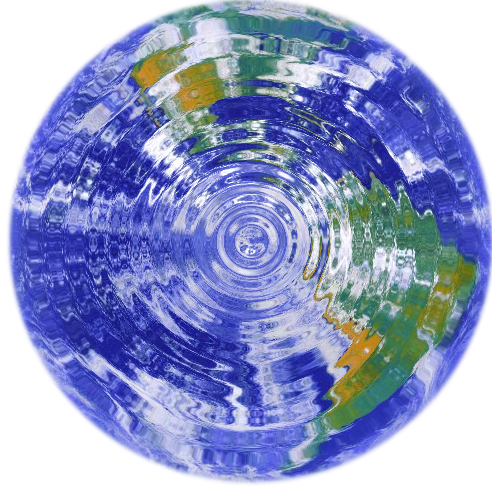 |
 |
 |
| Home page |  |
ROB Home |
Work done at ROB
Home
> Work done at ROB(2)
This research topic has now become very important, as was recognized by the International Earth Rotation Service (IERS) by creating in 1998 the Global Geophysics Fluid Center composed of eight Special Bureaus (SB). They have the responsibility of supporting, facilitating, and providing services to the worldwide research community, in areas related to the variations in Earth rotation, gravity field and geocenter that are caused by mass transport in the global geophysical fluids. In this frame, the ROB is in charge of the Special Bureau devoted to the core. In the present framework of research in geodesy, the International Association of Geodesy initiated the Global Geodesic Observation System (GGOS), in which this ROB research project fits naturally.
The dynamics of the global geophysical fluids (Earth's iron core, atmosphere, ocean...) and the interaction between those fluids and the Earth cause fluctuations in the Earth rotation speed and the position of its rotation axis both inside the Earth and in space. The ROB has a research project aiming at studying the dynamics of these fluids at a global scale in order to infer their effect on the Earth's rotation. In the frame of geodesy experiments on planets and moons of the solar system which will be on board of future space missions, we will extend this study to the bodies of the solar system having either a liquid core or a superficial fluid layer, such as Mars, Mercury, Venus, and the Galilean satellite Europa.
Interaction Planet-fluid layers: Effects on planetary rotation
The planets and the main moons of our solar system are all in rotation.
Had these bodies been spherical, rigid and isolated, their rotation would not have varied with time.
But this is not the case; the gravitational interaction with the close or very heavy celestial bodies
perturbs their rotation generating variations of the rotation period (and the associated length-of-day)
and modifying the orientation of the rotation axis with respect to a given point on the Planet surface
(polar motion) and in space (precession/nutation). In addition, the presence at the planet surface
of fluid layers (atmosphere, hydrosphere, ocean) and/or the presence of an internal
fluid layer (such as a liquid core) generate additional variations of the rotation.
This research topic has now become very important, as was recognized by the International Earth Rotation Service (IERS) by creating in 1998 the Global Geophysics Fluid Center composed of eight Special Bureaus (SB). They have the responsibility of supporting, facilitating, and providing services to the worldwide research community, in areas related to the variations in Earth rotation, gravity field and geocenter that are caused by mass transport in the global geophysical fluids. In this frame, the ROB is in charge of the Special Bureau devoted to the core. In the present framework of research in geodesy, the International Association of Geodesy initiated the Global Geodesic Observation System (GGOS), in which this ROB research project fits naturally.
The dynamics of the global geophysical fluids (Earth's iron core, atmosphere, ocean...) and the interaction between those fluids and the Earth cause fluctuations in the Earth rotation speed and the position of its rotation axis both inside the Earth and in space. The ROB has a research project aiming at studying the dynamics of these fluids at a global scale in order to infer their effect on the Earth's rotation. In the frame of geodesy experiments on planets and moons of the solar system which will be on board of future space missions, we will extend this study to the bodies of the solar system having either a liquid core or a superficial fluid layer, such as Mars, Mercury, Venus, and the Galilean satellite Europa.